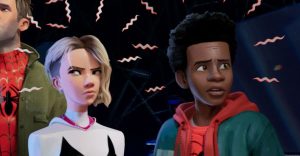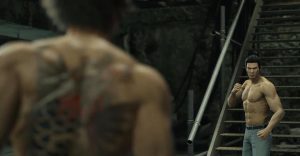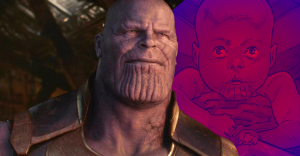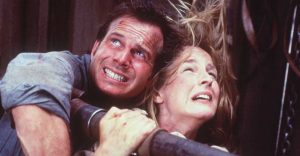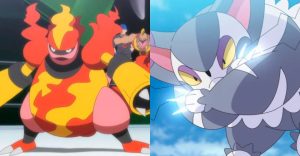Batman: The Top 10 Artists, Ranked
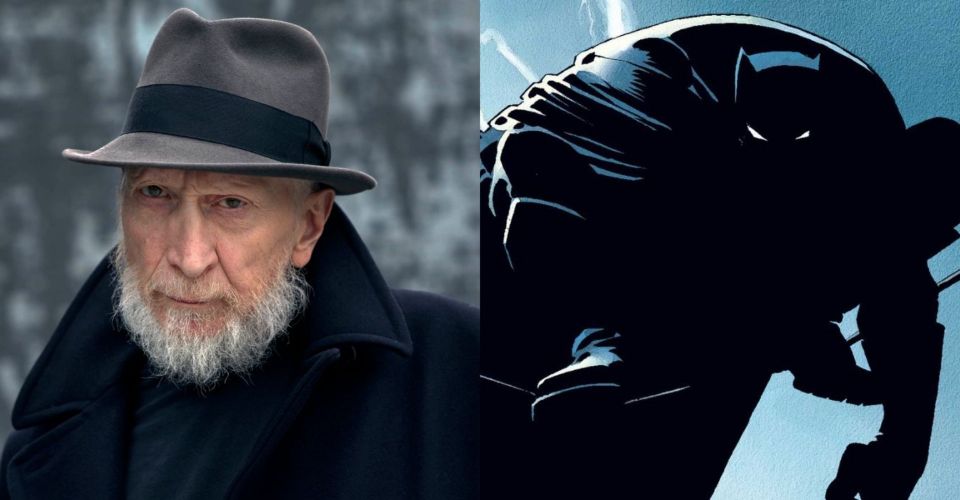
The Batman comics continue to grow popular with every passing day as the stories seem to only be getting better. Not only have the adventures with the caped crusader had fans on the edge of their seat but the array of characters have also been quite entertaining too. However, one thing that has particularly stood out is the different illustrations done by several talented and celebrated artists.
Each artist has had their own distinctive Batman/Bruce Wayne and left their mark on the character with their own unique style (reaching back to Bill Finger and Bob Kane). It’s likely that every comic book fan has their own favorite artist, but all will agree that each one deserves to be recognized for their skills.
10 David Mazzucchelli

David Mazzucchelli’s run on Batman was brief but memorable. Mazzucchelli’s seminal work on the character consisted of one arc that is continually praised to this day: Batman: Year One. Written by Dark Knight Returns author Frank Miller, Batman: Year One follows Bruce Wayne as he learns to become a crimefighter. He meets a life-long friend in James Gordon and together, they take on the corruption in Gotham City.
After the popularity and success of Batman: Year One, Mazzucchelli didn’t continue with the character, but left for other projects (including personal projects, like the anthology Rubber Blanket from 1991-93, City of Glass in 1994 and the graphic novel Asterios Polyp in 2009). His time was short on Batman but iconic.
9 Kelley Jones

Kelley Jones had gained fame working on Neil Gaiman’s “Dream Country” and “Seasons of Mists” arcs. He had an unusual style that fit the darker stories and characters in the Sandman universe, defining many. He was also noted for giving Deadman his cadaverous look, making him look like an actual ‘dead man.’
Kelley drew the titles Batman & Dracula: Red Rain, Batman: Dark Joker – The Wild, as well as Doug Moench’s Detective Comics run. His covers and work on characters, such as the iconic Bane, helped set his look that would influence the artists that came after.
8 Marshall Rogers

Marshall Rogers and Steve Englehart’s run on Detective Comics in the late ’70s became the definitive Batman for nearly a decade. Along with inker Terry Austin, Rogers brought a 1940s vibe to Batman that was closer to Kane and his ghost artists’ earlier styles.
Marshall and Austin’s run included Steve Englehart’s iconic stories ‘The Laughing Fish,” and “Sign of the Joker,” (stories that are included in nearly every Batman or Joker anthology since their first appearance). Marshall further cemented his reputation with a best-selling Batman portfolio in 1981, featuring color plates of some of his famous Batman scenes. He would also draw the brief Batman comic strip in ’89-90. The team reassembled for Batman: Dark Detective in 2006.
7 Carmine Infantino

Carmine Infantino started in comics as a teenager in 1942 with Timely and would work mostly at National (DC Comics) by the late ’40s-50s. Carmine’s art was based heavily on design and influenced by the commercial art and design of the mid to late ’50s. When asked to take over and revamp the failing Batman titles in 1964, he was primarily known for the SF hero, Adam Strange, and the Silver Age Flash.
Infantino changed the flat and blocky work of previous Batman ghosts and updated the look of the strip which hadn’t changed in 25 years. He brought his design sensibilities to the cast of Bat characters and especially to the look of Gotham City, giving it tall buildings and large, flat vistas. Infantino’s Batman looked like he could actually live in our world. However, the changes were known as the ‘New Look’ and were controversial with some fans. Infantino would go on to co-create Barbara Gordon’s Batgirl and influence the look of the Batman TV series.
6 Dick Sprang

Dick Sprang was hired by DC Comics to be a Bob Kane ‘ghost,’ copying Kane’s style and signatures. Spang’s first Batman work would appear in 1943 and would continue to appear in various Bat titles, shifting to a nearly decade-long run in World Finest Comics from 1955-’63. He retired from Batman until the late ’80s, where he started doing limited prints and recreations of his previous covers.
During his career on Batman, Sprang’s name never appeared on his work, as Bob Kane’s contract stipulated only Kane’s name appeared. It wasn’t until the reprints of the late ’60s and ’70s Spring’s name became known and revered among fans. While Kane’s name may be on the story, Spang’s work is unmistakable. He was a stylist, using bold lines and shapes to define his style.
5 Greg Capullo

Greg Capullo made his initial reputation at Marvel, drawing the books X-Force along with issues of What If and a good run on Quasar. He would leave Marvel for Image comics in ’93 to work on the Spawn titles and his own creation Creech. After a stint on Haunt, Capullo then left Image for DC.
At DC, Greg Capullo would work on the Batman relaunch from 2011-2016, bringing his moody style and sharp layouts to the character. He and writer Scott Synder’s run on Batman would last five years, working to innovate and reimagine many aspects of the character. Their arc ‘Court of Owls’ is a particular fan favorite.
4 Jim Aparo

Jim Aparo first got noticed during his run on Charlton Comics’ The Phantom in the ’60s. When editor, Dick Giordano, moved to DC, he took the talented artist with him. At DC, Aparo took over Aquaman from artist Nick Cardy and began a long run on the character. He would take over The Phantom Stranger when Aquaman was canceled and would draw the controversial Spectre for Adventure Comics, defining both characters for decades.
He did his first issue of Brave and the Bold in 1971, soon taking over the regular art duties – penciling, inking, and lettering all his own art. Aparo’s Batman was in the more realistic ‘Adams’ mode, but still, there was no mistaking Jim Aparo’s art for anyone else’s. Aparo’s distinctive layouts and slick lines made his work stand out. He would continue to be a chief Batman artist for nearly 30 years.
3 Frank Miller

Frank Miller’s first Batman work was a one-off story in a Christmas anthology in 1980, before he had truly developed his own style. After bouncing around the industry in the late ’70s-early ’80s, Miller would make his reputation at Marvel on Daredevil starting in 1979. The book took off after Miller took over writing duties in 1981.
At DC in 1986, Miller would bring all he learned to Batman: The Dark Knight Returns. In this career-defining work, Miller imagined a darker, violent world where Batman had been forcibly retired and criminals and corruption took over Gotham. Miller’s dark and moody art reimagined Batman and his world, and along with Watchmen, turned the entire DCU darker.
2 Jim Lee

Jim Lee is one of the founders of Image Comics, where he set up his own studio and published his series Wild C.A.T.s, and titles under the ‘Wildstorm” studio, like Stormwatch, Deathblow and Gen¹³. In 1998, he refocused on art, Selling Wildstorm to DC, and his artistic services in the process. He would team with writer, Jeff Loeb, in the 12-issue series, Batman: Hush.
Lee’s Batman is done in his highly texturized style, with many lines and dramatic layouts to provide the mood and tell the story. After ‘Hush,’ Lee would soon team up with Frank Miller on the more controversial All-Star Batman and Robin miniseries. He would go on to contribute to several Batman projects.
1 Neal Adams

Neal Adams, along with writer Denny O’Neil, redefined the look of Batman in the late ’60s and early ’70s, returning him to dark roots. He would go on to redefine the world of Batman and was responsible for co-creating several great villains, including Ra’s al Ghul, Talia, the League of Assassins, and Man-Bat.
The impact of Adams’s realistic style on Batman cannot be overstated, defining the character for decades, and becoming imitated to the point of actual swiping by others. Adams would return to the character many times, producing stories, covers, and the controversial miniseries Batman: Odyssey in 2012.
About The Author










